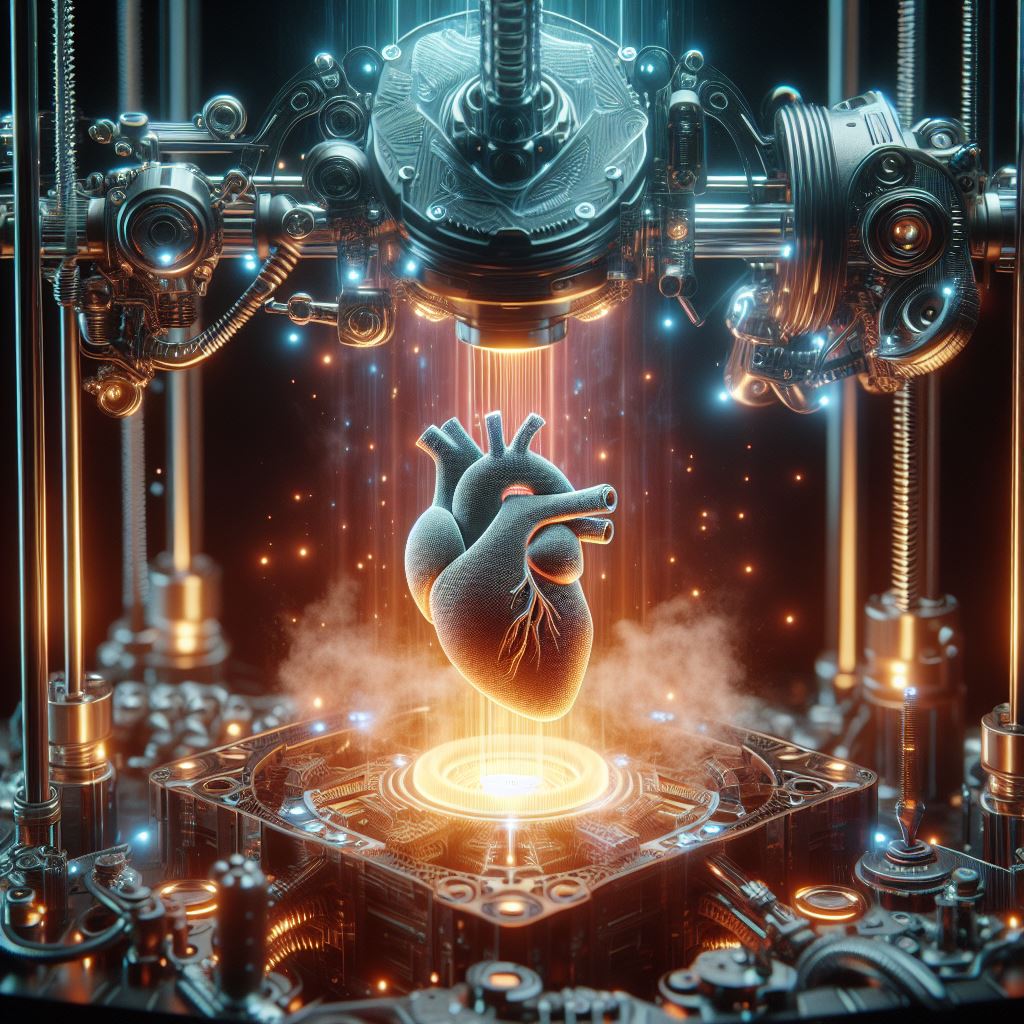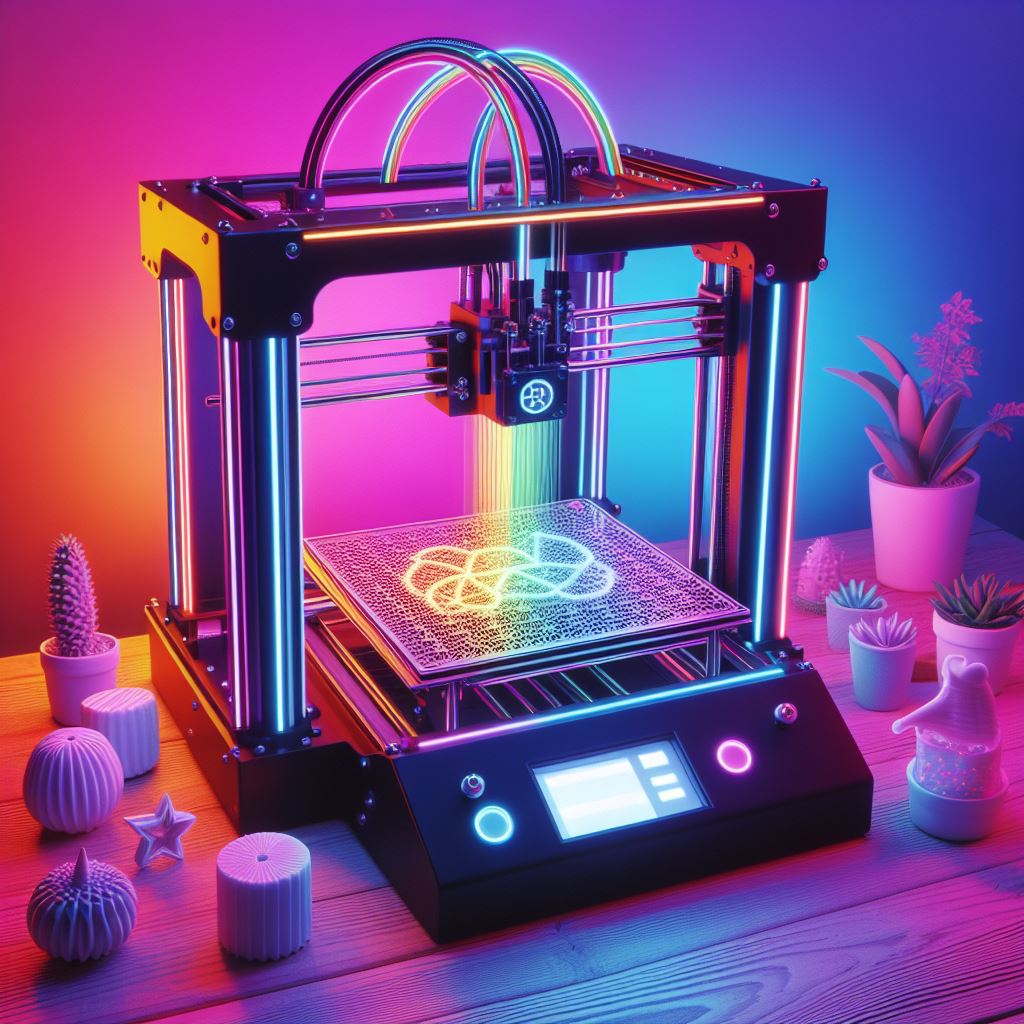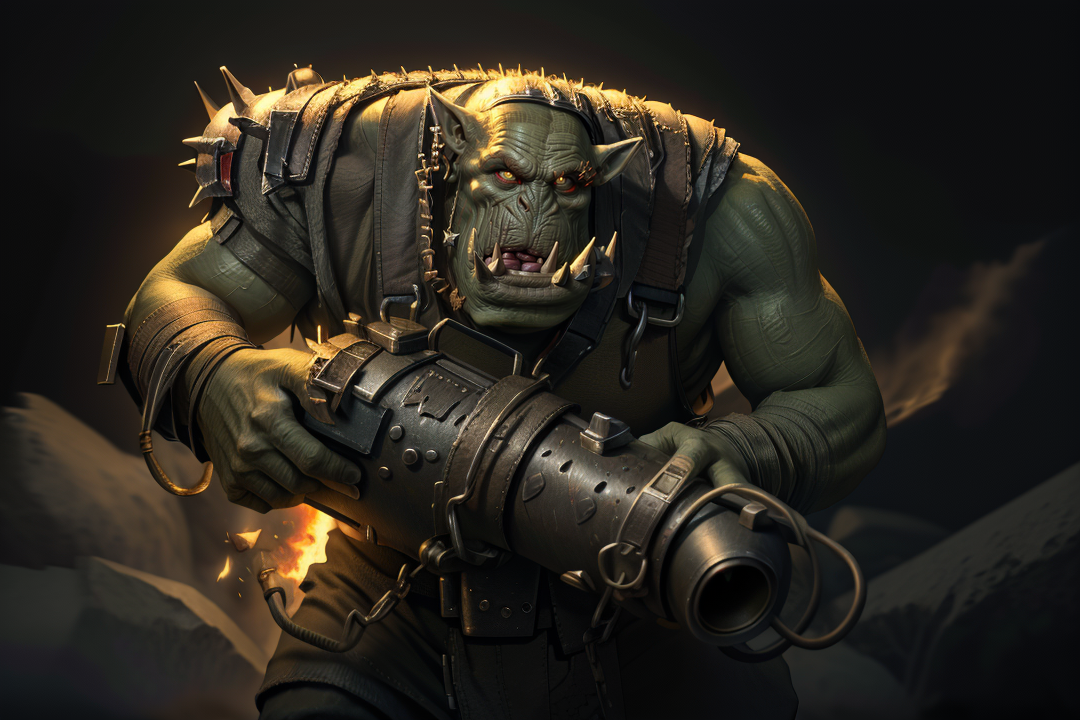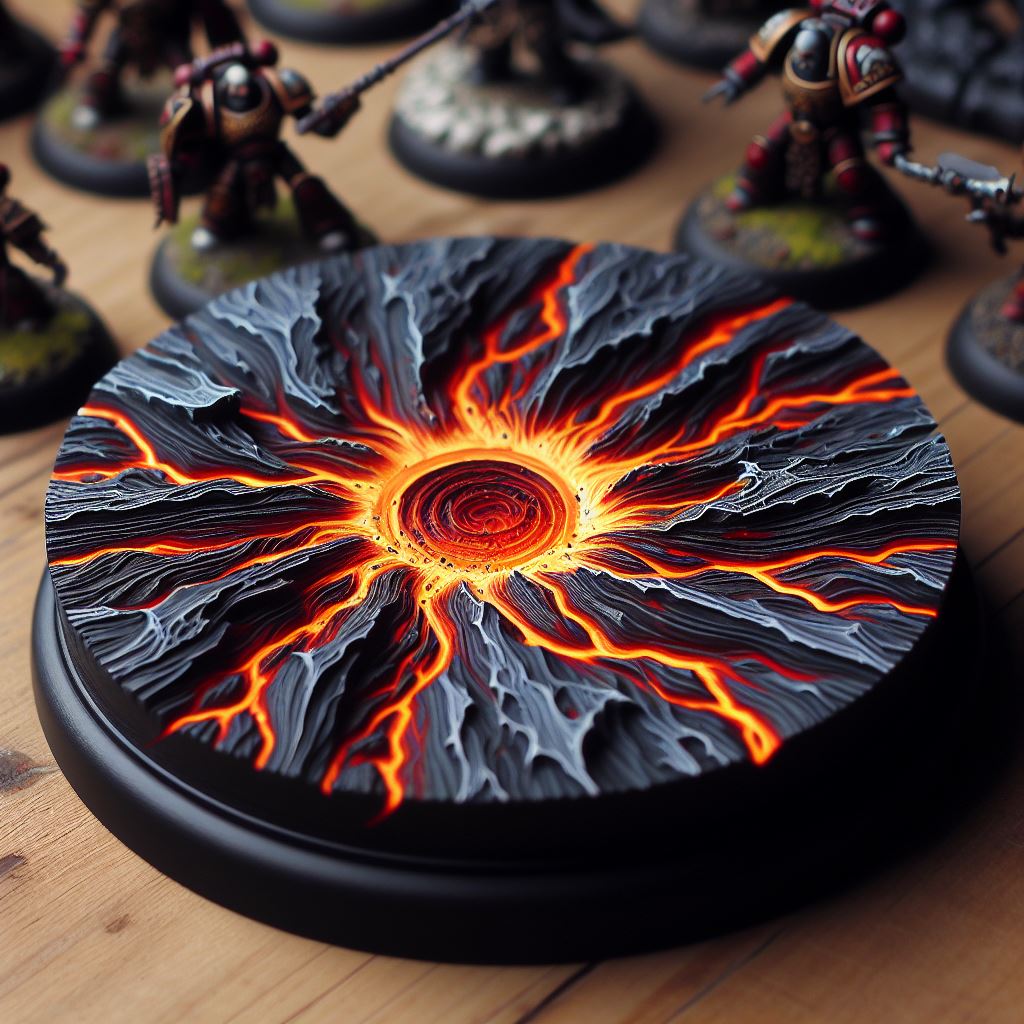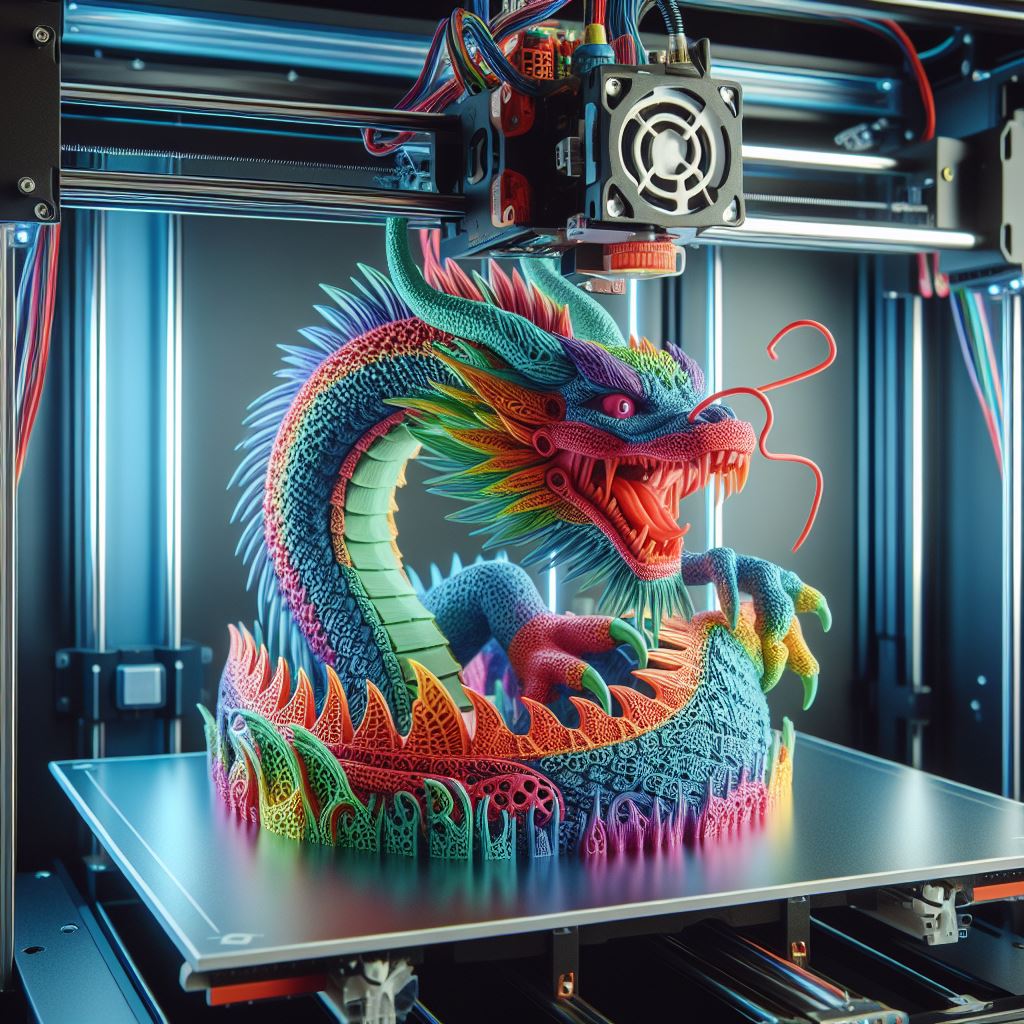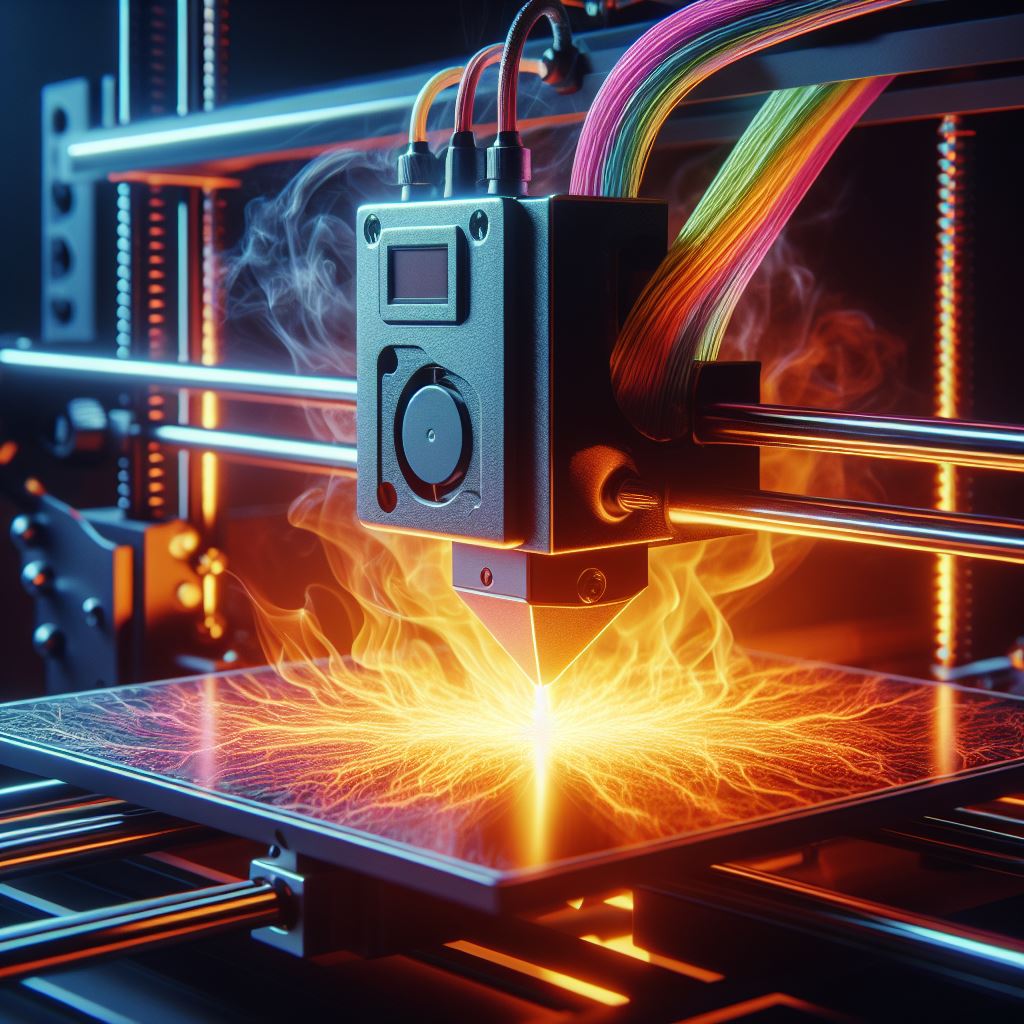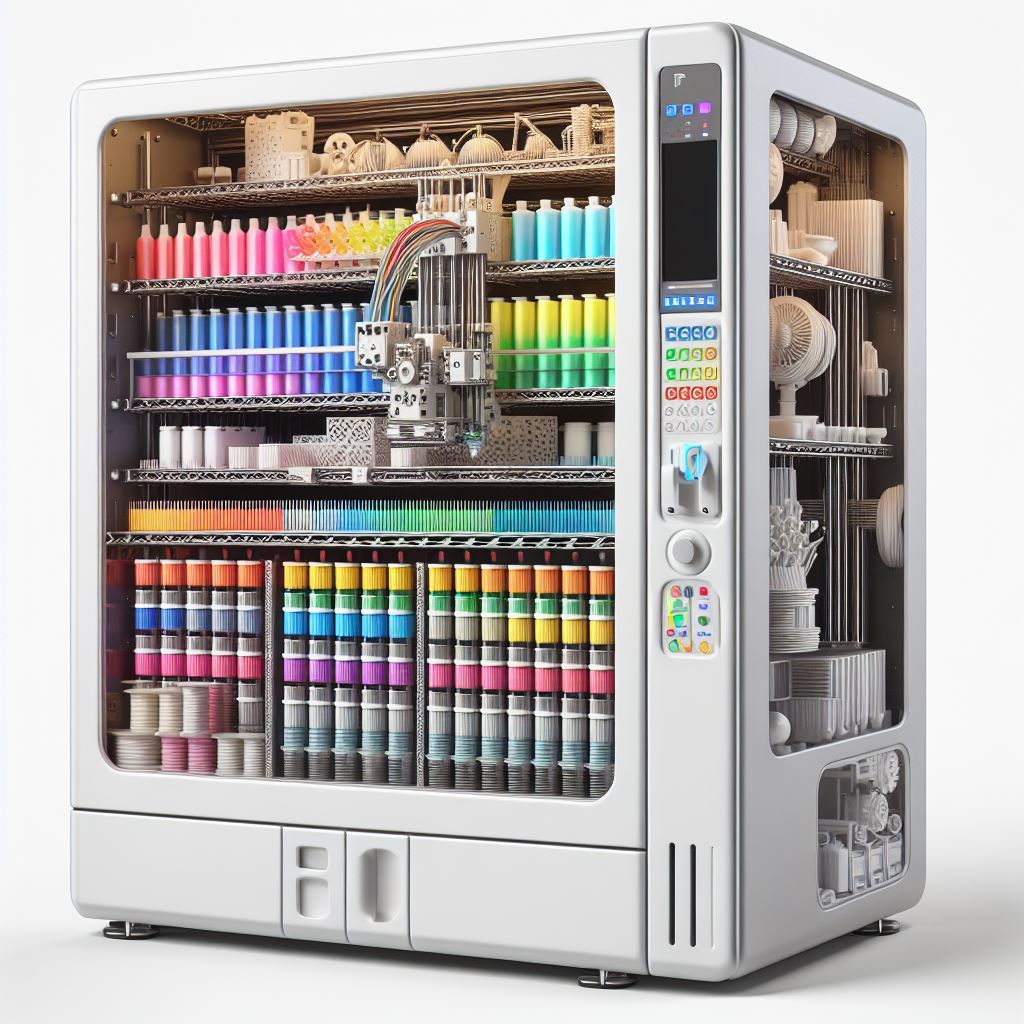A Guide for Post-Processing 3D Prints for A Good Finish and Function
As a 20-year veteran in the world of miniatures and 3D printing, I’ve tried just about every post-processing technique out there. While a raw 3D print may seem complete coming off the build plate, post-processing can profoundly enhance a part’s aesthetics, strength, and functionality.
In this comprehensive guide from Warhammer Universe, I’ll cover all the post-processing methods worth knowing, from basic support removal to advanced metal plating. You’ll learn the how and why behind sanding, polishing, coating, annealing, and more to take your prints to the next level.
Why Post-Process 3D Prints?
Fresh off the print bed, FDM/FFF prints have a rough, layered texture with visible striations from the nozzle movements. The surface can have strings, blobs, supports remnants, and subtle imperfections. Parts made using resin 3D printers, powder bed fusion, material jetting, and other processes also need refinement.
Proper post-processing erases layer lines, corrects flaws, smooths surfaces, and prepares prints for painting or other enhancements. The right techniques can even add strength, heat/chemical resistance, conductivity, and other mechanical properties.
As 3D printing shifts from rapid prototyping to end-use part production, aesthetic quality and durability become vital. Advanced post-processing makes consumer-ready prints possible. Automated systems from companies like DyeMansion and Formlabs are also making post-processing scalable for batches.
Overview of Post-Processing Techniques
We can break down print post-processing into four main stages:
1. Cleaning and Surface Prep
- Support Removal: Remove soluble supports by dissolving or insoluble supports by snapping and cutting away.
- Sanding: Smooth surfaces and reduce layer visibility with abrasive papers and tools.
- Joining: Glue, weld, or mechanically join segmented prints into complete models.
2. Filling and Fixing
- Filling: Fill notches, holes, support remnants with material like wood filler, spackling, or resin.
- Patching: Repair cracks and flaws in a print with glue, or filler.
3. Aesthetic Enhancements
- Smoothing: Chemically polish the print using solvents, metal plating, annealing, etc. for gloss.
- Priming and Painting: Prepare surface and apply colored paints/finishes.
- Polishing: Buff surface with abrasives like sandpapers, compounds, and tools.
4. Property Enhancements
- Epoxy Coating: Add protective seal and strengthen prints.
- Metal Plating: Deposit metal layers for significant strength and/or conductivity.
- Advanced Methods: Powder coat, chrome plate, vapor smooth, and more.
Deciding factors for choosing techniques include available tools/materials, processing difficulty, part geometry, batch sizes, mechanical and aesthetic requirements, and more.
I’ll now dive deeper into methods for each stage…
Step 1: Cleaning and Surface Prep
Support Removal
Support removal is often the very first stage. Supports temporarily hold up overhangs and span gaps during printing.
Soluble supports (like PVA or HIPS) simply dissolve away in water or solvents like PowerWash. They leave no marks but limit material options.
Insoluble supports (like raw filament) must be carefully plucked or cut away using flush cutters. Sand any remnants.
Pro Tip: If printing miniatures like Warhammer models with many overhangs, soluble supports are strongly advised to limit clean up.
Sanding
Sanding smooths overall surface texture and erases subtle skin imperfections by manually abrading the exterior. The process takes effort but delivers excellent results.
It’s smart to wet sand prints to:
- Keep temperature low (prevents warping and melting)
- Flush away particles
- Lubricate abrasion
Start with lower grit papers (150-400) to level layers and correct big flaws. Steadily shift to higher grits up to 2000 as the part cleans up. 3000+ grit micro-mesh further refines if desired.
Always sand/polish circularly so scratches form swirling patterns instead of straight lines that emphasize layering.
Be patient and take care around intricate details, applying lighter pressure as needed. Sanding improves strength too by closing micro cracks between layers.
Joining
Prints are often segmented into multiple parts due to build volume constraints. Glueing combines everything into complete models.
Superglue and plastic-welding are economical options. Acetone fuses ABS pieces together nicely. Epoxies bond strongly but require clamping as they cure.
Any gaps can be patched with filler then sanded smooth later. Pieces will still be weaker at bonded faces, so design clever joints.
Step 2: Filling and Fixing
Filling
Fillers repair divots, notches, holes, and other surface flaws too deep for sanding alone. Think of it like applying putty before painting a wall. Common fillers include:
- Wood/Spackle – Spread on then smooth manually after drying. Easy.
- Spray Filler Primers – Offer limited smoothing but primer surface for paint.
- Epoxy Resins – Require precise mixing but deliver excellent results after cure time.
When working with any numbing fillers/resins, be sure to use gloves and proper ventilation.
Applying wood filler evens out a 3D relief design before painting (Credit: Paperclip)
Step 3: Aesthetic Enhancements
Smoothing
Smoothing eliminates layer lines for glossy finishes using chemicals, heat, or abrasives. Be cautious when trying these methods and research your filament specifics.
Solvent Vapor Smoothing – Works amazingly on ABS. Acetone vapors melt the exterior, leaving glossy finishes once re-hardened. Other caustic chemicals target different materials. Use proper safety precautions as solvents are highly flammable!
Abrasive Smoothing – Media blasting with materials like baking soda or fine glass beads erodes surfaces evenly. Tumbling achieves similar effects with stones in a rotating drum.
Annealing – Heating prints to just below their melting point relieves internal stresses and realigns material grain for added strength and heat resistance. Parts shrink slightly.
Polishing – Progressively buff the exterior with sandpapers and/or polishing compounds until achieving desired sheen.
Priming and Painting
Model painters frequently prime and color their prints to hide layer lines and achieve artistic visions. Priming preps. Painting finalizes.
Primers act like adhesive middle layers between prints and painting mediums. After sanding a print, apply 1-2 fine mist coats of proper plastic primer spray, allowing it to fully cure between passes. Automotive and miniatures brands offer suitable options.
Once priming sets completely, paints apply smoothly. Acrylics and enamels work great for hand brushing details. Lacquers lay down nicely with airbrushes and spray guns. Allow all coats to dry fully and top-coat for protection.
Pro Tip: When painting minis, always prime properly for paint adhesion. Surface flaws and layering may still show through light color coats. Consistently cure paints too. Use matte, satin, or gloss varnishes to protect.
Step 4: Property Enhancements
These methods boost functional traits like durability, conductivity, weather/UV resistance, etc.
Epoxy Coating
Epoxy layers protect prints from moisture, oils, and other contamination while adding a slick surface barrier. Coatings also reinforce prints against fractures by penetrating pores for light structural improvement.
2-part epoxy formulas consist of resin and a catalyst hardener mixed precisely per product guidelines before brushing onto prepared prints. Mistakes here can ruin cure results! Apply controlled layers for full coverage, allowing the recommended cure time between added layers to prevent sagging. Light sanding between coats assures proper adhesion.
Metal Plating
Electroplating bonds highly durable metallic layers onto prints for remarkable enhancements in strength, wear resistance, heat tolerance, electrical conductivity, aesthetic polish, and more.
The process uses electric current to deposit metal ions onto prepared surfaces submerged in metal salt solutions (electrolytes). Part preparation is crucial and involves etching, activating, conductive coating, etc. Common plated deposit materials include copper, nickel, tin, gold, silver, chrome and more.
Pro tips: Use electroless nickel plating or copper plating paints as starter layers before electroplating if equipment is limited. Smooth prints first since plating assumes surface contours.
Other Notable Techniques
Beyond the basics above, a few other methods show promising utility:
Media Blasting
Abrasive media blasting erodes print exteriors rapidly using pressurized shots of materials like baking soda or fine glass particles. The process operates similarly to sand blasting but allows better control of surface diffusion under variating pressures.
Mask prints to preserve delicate details if needed. Baked soda avoids surface embedment associated with many grit varieties.
Vapor Polishing
Using prepared chemical baths in vapor polishing chambers, printed parts are exposed to smoothing solvent gases which melt exteriors through saturation. Glossy finishes result as materials solidify again after treatment.
The process demands caution since solvents required remain aggressive and potentially hazardous if mishandled. Never attempt without proper expertise first. Specialized equipment minimizes risks considerably.
Foiling/Wrapping
Foil wrapping adheres thin vinyl films onto prints using machine or manual heat activation. Color shifts, faux chrome or carbon, custom images/logos, and simulated wood/marble finishes become possible.
Flat, gently contoured prints work best. Highly articulated geometries stretch and crease foils noticeably. Mask tampos and recesses beforehand if aiming for a two-tone effect. Expect minor orange peeling without ample surface prep and air release.
Hydro Dipping
Also known as water transfer printing, hydro dipping submerges prints into water supporting specialty inks. As parts lift free, ink films deposit directly onto surfaces. Applied image possibilities feel limitless, unlike foiling.
This weekend warrior concept originated with decorative firearms but now customs cars, gaming mods, appliances, and quadcopters too. It takes practice managing appropriate immersion speeds, solvent levels, film curing, etc. Transfer consistency demands precision as well across each attempt. When mastered though, halos and other crisp graphic effects applied directly to complex, fully wrapped 3D forms astound.
Key Takeaways
Post-processing 3D resin and FDM prints might seem daunting at first glance given the variety of equipment, materials, chemicals, techniques, and skill levels involved. However, layering approaches and tackling objectives progressively remains absolutely manageable.
Follow fundamental workflows around cleaning, fixing, smoothing, protecting, and advancing prints through sanding, painting, annealing please and advanced chemical and mechanical processes. Master fundamentals first, then expand into more exotic offerings as confidence and capacities grow.
Helpful materials and links scattered throughout this guide offer easy further research jumping off points too if pursuing additional mastery. Our friends at ArchVillianGames also share great learning content around achieving display quality painted prints.
Understand that even subtle post-work immediately increases print quality perceptions considerably. The extra efforts genuinely unlock boundless refinements in durability and aesthetics. Push the boundaries of imagination while crafting your miniatures and props! We hope this guide helps level up your print game. Please swing by our YouTube channel as well for related video tutorials if interested.
Happy printing and painting! Game on 🙂
Related Articles
Boost success printing miniatures by how to print your first layer in 3d printing. Our guide teaches you adhesion techniques for crisper models with precisely defined bases.
Extend the lifespan of your 3D print nozzle and prevent degradation using our nozzle guide for 3d printing. Learn what causes damage and simple monitoring methods.
Resolve frustrating print bed adhesion issues in 3d printing using our troubleshooting techniques for consistent sticking and cleanly detached final prints.
Find out where to discover and access 3D model files to print unique Warhammer miniatures. Our guide compares free and paid sources across the web.
Carefully prepare and paint your 3D printed miniatures for vivid, enduring colors. Follow our 2024 guide covering smoothing, priming, basic techniques and recommendations.
Mastering nozzle size for detail and speed starts here with our nozzle size guide for 3d printing. Learn to balance precision versus printing duration when playing tabletop games.
Achieve an ultra-smooth finish on intricate prints using basic printing and painting techniques for 3d printed miniatures. Our guide also covers long term storage and care for protecting your army.
Evaluate if print speed or quality for 3d prints matters most for your gaming needs. Learn to tweak slicer settings for optimizing intricate details or quicker army expansion.
Learn about kitbashing 3D printed parts with official miniatures for affordable army personalization. Our budget guide provides beginner tips for customization.
Explore this getting started with 3d printing covering the basics of 3D modeling, orienting designs, slicing, printer selection and simple finishing techniques for miniatures.
Demystify slicer software for beginners with this step-by-step guide to orienting/manipulating models before printing intricate miniatures. Learn basic functions for cleanly generating supports.
Related posts:
No related posts.

